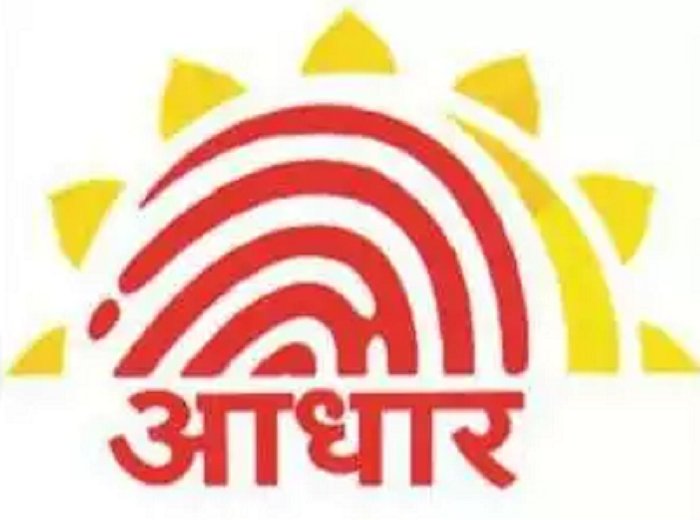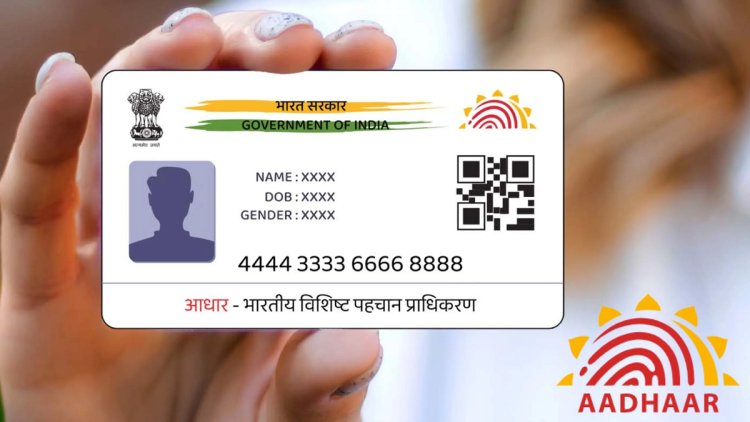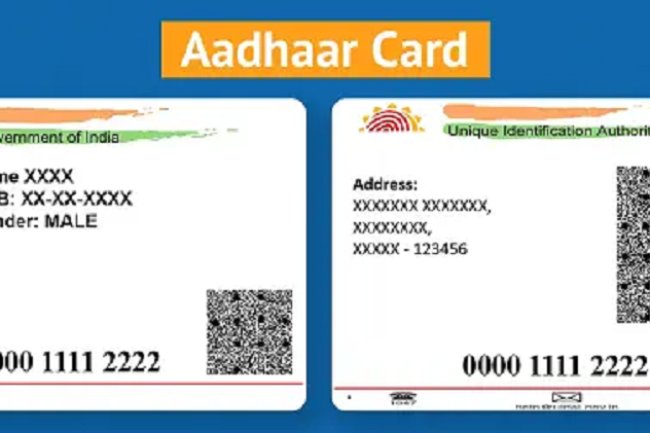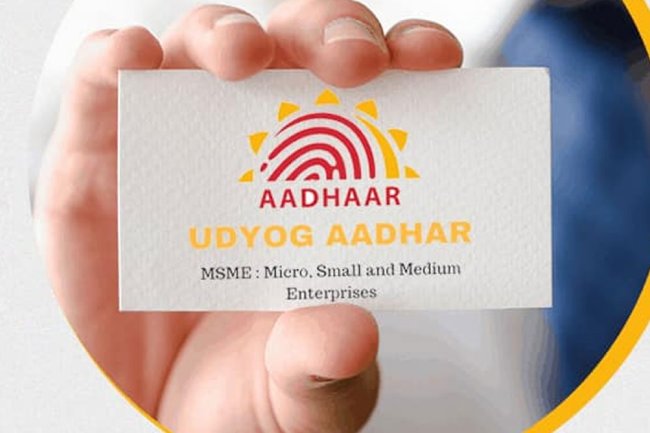About aadhaar card
Introduction : Aadhaar is a 12-digit unique identification number issued by the Unique Identification Authority of India (UIDAI) to Indian residents. This number serves as a proof of identity and address, providing a single, universal identification that is used for various services and benefits offered by the government.


Structure of the Aadhaar Number
The Aadhaar number is a 12-digit unique identifier. It does not contain any embedded intelligence or personal data about the individual; instead, it is a random number that is generated at the time of enrollment. Here’s how it is structured:
Example: 1234 5678 9101
-
First Eight Digits (1234 5678):
- These are random numbers generated by UIDAI's system. They do not have any specific meaning or pattern associated with them.
- They ensure the uniqueness of the Aadhaar number for each individual.
-
Next Four Digits (9101):
- Like the first eight digits, these are also randomly generated.
- Together with the first eight digits, they make up the 12-digit unique Aadhaar number.
Features and Importance of Aadhaar
-
Uniqueness:
- Aadhaar is unique to each individual, ensuring that no two people have the same number. It is generated based on the individual’s biometric data (fingerprints, iris scan) and demographic information.
-
Universal Identity:
- Aadhaar serves as a universal identification that is recognized across India. It is increasingly becoming mandatory for accessing various services, subsidies, and benefits.
-
Biometric and Demographic Data:
- During enrollment, UIDAI collects biometric data such as fingerprints, iris scans, and a photograph, along with demographic details like name, date of birth, gender, and address.
-
Lifetime Validity:
- Once issued, the Aadhaar number remains valid for the lifetime of the holder. It does not need to be renewed or updated unless there are changes in demographic details (e.g., address).
-
Government Services and Subsidies:
- Aadhaar is used to streamline the delivery of government subsidies and benefits directly to the bank accounts of beneficiaries, reducing fraud and ensuring transparency.
-
Financial Inclusion:
- Aadhaar facilitates access to banking services for millions of unbanked individuals by enabling the opening of bank accounts using Aadhaar as a Know Your Customer (KYC) document.
-
Digital India Initiatives:
- Aadhaar is a cornerstone of India’s digital identity framework, enabling services like e-KYC, Aadhaar-enabled payment systems, and other digital initiatives.
How to Apply for an Aadhaar Card
Enrollment Process
-
Locate an Aadhaar Enrollment Center:
- Visit the official UIDAI website https://uidai.gov.in/ to find the nearest Aadhaar enrollment center.
-
Book an Appointment (Optional):
- Some centers allow you to book an appointment online to avoid long waiting times.
-
Visit the Enrollment Center:
- Carry the required documents (proof of identity, proof of address, and proof of date of birth) to the enrollment center.
-
Fill the Enrollment Form:
- Complete the Aadhaar enrollment form with your demographic details, including name, date of birth, gender, and address.
-
Biometric Data Collection:
- Your fingerprints, iris scan, and photograph will be captured as part of the biometric data collection process.
-
Document Verification:
- The documents you provide will be verified by the enrollment officer.
-
Acknowledge Receipt:
- After completing the process, you will receive an acknowledgment slip containing your enrollment ID. This ID can be used to track the status of your Aadhaar application.
-
Aadhaar Generation:
- After successful verification, your Aadhaar number will be generated and sent to your registered address within a few weeks.
How to Update Aadhaar Details
-
Online Update:
- Visit the UIDAI website and log in with your Aadhaar number and OTP.
- You can update certain demographic details like name, address, and date of birth online by submitting supporting documents.
-
Offline Update:
- For biometric updates or other complex changes, visit an Aadhaar enrollment/update center with supporting documents.
-
Track Update Status:
- Use the Update Request Number (URN) provided during the update process to track the status of your request on the UIDAI website.
Uses of Aadhaar Card
-
Identity Proof:
- Aadhaar serves as a valid proof of identity across India. It is accepted by government and non-government organizations.
-
Banking and Financial Services:
- Aadhaar is used for opening bank accounts, linking to existing accounts, and conducting financial transactions, including direct benefit transfers.
-
Mobile SIM Cards:
- Aadhaar can be used for e-KYC (Know Your Customer) when applying for a new mobile SIM card, enabling quick and paperless verification.
-
Subsidies and Benefits:
- Government subsidies, such as LPG subsidies, scholarships, and welfare schemes, are directly linked to Aadhaar to ensure that benefits reach the rightful beneficiaries.
-
Tax Filing:
- Aadhaar is linked with PAN (Permanent Account Number) for filing income tax returns and preventing tax evasion.
-
Passport and Travel:
- Aadhaar can be used as one of the documents for passport applications, and in some cases, expedited passport issuance is available for those with Aadhaar.
Security and Privacy Concerns
-
Data Protection:
- UIDAI has implemented various security measures to protect the data collected, including encryption and secure storage of biometric and demographic data.
-
Aadhaar Virtual ID:
- To enhance privacy, UIDAI introduced the Virtual ID, a temporary, revocable 16-digit number that can be used in place of the Aadhaar number for authentication purposes.
-
Consent-Based Authentication:
- Aadhaar authentication requires the individual’s consent, ensuring that their Aadhaar number is not used without their knowledge.
-
Avoid Sharing Aadhaar Details Publicly:
- To prevent misuse, individuals are advised not to share their Aadhaar number publicly or on unsecured platforms.
Key Points to Remember
- Mandatory Linking: For certain services, such as filing income tax returns, it is mandatory to link Aadhaar with PAN.
- Lifetime Validity: Aadhaar does not expire, and once issued, it remains valid for life.
- Aadhaar and E-KYC: Aadhaar is widely used for e-KYC processes in banking, telecom, and other sectors, making it easier to verify identity quickly and securely.
Common Misconceptions
- Aadhaar is Not Proof of Citizenship: Aadhaar is issued to residents of India and is not a proof of Indian citizenship.
- Voluntary Use: While Aadhaar is required for certain government services and benefits, its use is voluntary in many other areas.
In conclusion, the Aadhaar card is a critical tool in India’s identity ecosystem, facilitating access to services, benefits, and opportunities for millions of residents. Its unique 12-digit number, based on biometric and demographic data, ensures that every individual has a verifiable, secure identity that can be used across multiple platforms.
If you want to apply PAN card, apply through this link https://pancardonlineindia.com/
What's Your Reaction?
















